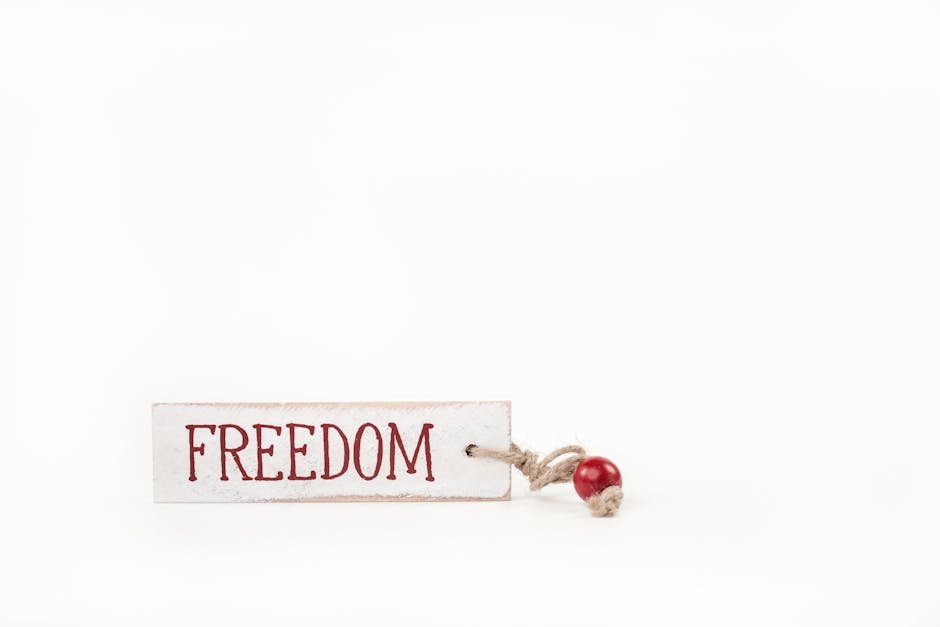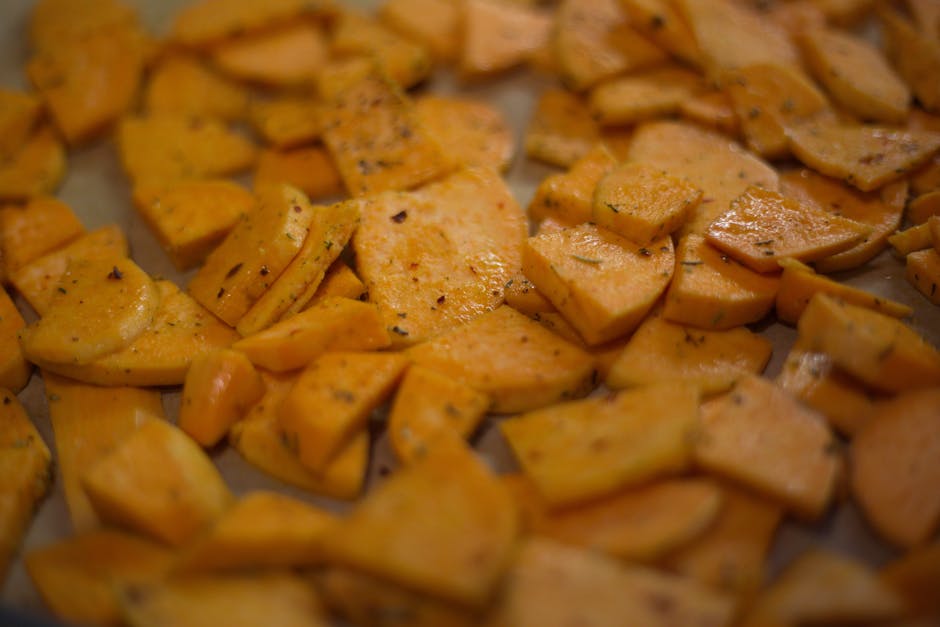The iced latte, a refreshing blend of espresso and cold milk, has become a ubiquitous beverage enjoyed globally. While pinpointing its exact origin is difficult, its evolution is intrinsically linked to the increasing popularity of coffee culture and the readily available refrigeration technology of the 20th century. It’s a testament to our modern desire for both caffeine and coolness, a refreshing twist on the classic hot latte. While the precise date of its creation remains elusive, its rise to prominence can be attributed to the post-war boom in coffee consumption and the subsequent expansion of cafes and coffee shops. The iced latte represents a fusion of European coffee traditions with the American penchant for iced drinks, blending the rich history of espresso with the practicality and refreshing appeal of chilled beverages.
The addition of ice cream to the iced latte elevates it from a simple refreshment to a decadent treat. This variation likely emerged from the natural desire to enhance the creamy texture and sweetness of the drink. The ice cream adds a unique richness and a delightful textural contrast, transforming the already enjoyable iced latte into an almost dessert-like experience. This adaptation perfectly captures the modern trend towards customized and indulgent beverages, reflecting consumer preferences for personalized flavor profiles and elevated sensory experiences. The use of ice cream also offers an opportunity for creative experimentation, with various flavors complementing the coffee’s bitterness in surprising and delicious ways.
The cultural significance of the iced latte, especially its ice cream-infused version, lies in its adaptability and accessibility. It’s a drink that transcends geographical boundaries and cultural divides. In many Western countries, particularly in the United States, iced coffee consumption has significantly outpaced that of hot coffee, illustrating a clear preference for chilled caffeinated beverages, especially in warmer climates. According to the National Coffee Association, over 60% of Americans consume coffee daily, with a substantial portion opting for iced varieties. This popularity further underscores the cultural impact and widespread acceptance of iced lattes, proving its status as a modern classic.
Ingredients and Measurements
Creating the perfect iced latte with ice cream requires careful attention to the balance of flavors and textures. The following recipe serves one generous latte, but can easily be scaled up for multiple servings. Remember that ingredient quality directly impacts the final product, so choose your components wisely.
Espresso: We’ll be using 2 ounces (approximately 60 ml) of freshly pulled espresso. This is crucial for a rich and robust flavor. If you don’t have an espresso machine, strong brewed coffee can be substituted, though the result will be slightly different. However, instant coffee is not recommended as it lacks the necessary body and nuanced flavor profile. For a stronger latte, increase the espresso to 2.5 ounces (75 ml).
Ice Cream: This recipe calls for 2 large scoops (approximately 4 ounces or 115g) of your favorite vanilla ice cream. The quality of the ice cream significantly impacts the overall taste. Opt for a high-quality vanilla ice cream with a smooth, creamy texture and a natural vanilla flavor. Experiment with different ice cream flavors like hazelnut or coffee for a unique twist, but remember that this will alter the overall flavor profile.
Milk: We’ll use 4 ounces (approximately 120 ml) of cold milk. Whole milk is traditionally preferred for its richness and creaminess, creating a luxuriously smooth latte. However, you can substitute with 2% milk, skim milk, or even plant-based milk alternatives like almond milk or soy milk. Keep in mind that the fat content of the milk will affect the overall texture and mouthfeel; lower-fat milks may result in a slightly thinner latte.
Optional additions: To enhance your iced latte, consider adding a touch of sweetness. A simple syrup (equal parts sugar and water, heated until dissolved) can be added to taste, starting with ½ teaspoon and adjusting based on your preference. Avoid adding too much sugar at once, as it can easily overpower the delicate balance of flavors. A sprinkle of cinnamon or a dash of vanilla extract can also add depth and complexity.
Ice: Finally, you’ll need a generous amount of ice to chill your latte. The quantity will depend on the size of your glass, but aim for about 1 cup (240ml) of ice. Using high-quality ice is important; cloudy ice can dilute the drink and affect the taste. Consider using ice cubes made with filtered water for the best results.
Equipment Needed
Making the perfect iced latte with ice cream requires the right tools to ensure a smooth and enjoyable process. While you might be able to improvise with some items, having the right equipment will significantly improve your results and make the entire experience more efficient.
A high-quality blender is essential. You’ll need one powerful enough to blend the ice cream smoothly without leaving any large chunks. A blender with at least 600 watts is recommended, and ideally one with a tamper to push down ingredients for optimal blending. Don’t attempt this with a cheap, low-powered blender; you’ll likely end up with a lumpy mess. Look for features like multiple speed settings to allow for precise control over the blending process.
Measuring tools are crucial for consistency. You’ll need accurate measuring cups and spoons to ensure the correct ratios of espresso, ice cream, and milk are used. Inconsistent measurements can lead to an unbalanced drink, either too sweet or too strong. Invest in a set of reliable measuring tools, preferably those made of stainless steel for durability and easy cleaning.
A good espresso machine is highly recommended. While you can substitute strongly brewed coffee, the rich crema and intense flavor of freshly pulled espresso significantly elevate the taste of your iced latte. If you don’t own an espresso machine, a strong, freshly brewed coffee can serve as a suitable alternative. However, remember to adjust the amount of coffee accordingly to account for the difference in intensity compared to espresso.
A sturdy mixing glass or pitcher is necessary. This is where you’ll combine all the ingredients once they are blended. Choose a glass container with a capacity of at least 24 ounces, allowing for easy mixing and adequate headspace to prevent spills. A glass container also allows you to easily see the consistency of your iced latte.
Finally, you’ll need ice. Plenty of it! The amount depends on the size of your drink and your preference for how cold and diluted you like your latte. Consider using high-quality ice cubes made from filtered water for a cleaner taste. Avoid using ice that’s been sitting out for a long time, as it can become watery and dilute your drink.
Having these essential pieces of equipment will allow you to create a delicious and perfectly blended iced latte with ice cream, every time. Remember to always prioritize safety and cleanliness when using any kitchen equipment.
Brewing the Espresso (or Coffee)
The foundation of a delicious iced latte lies in the quality of your espresso or coffee. For a truly authentic experience, we recommend using freshly pulled espresso. However, strong brewed coffee can also work well, offering a slightly different flavor profile.
For Espresso: Use a quality espresso machine and freshly roasted espresso beans. We recommend a 1:2 ratio of coffee to water (e.g., 18 grams of espresso beans yielding approximately 36 grams of espresso). Grind your beans to a fine consistency, ensuring a consistent grind size for even extraction. Tamp the grounds firmly and evenly in your portafilter. Extract the espresso for approximately 25-30 seconds, aiming for a rich, dark brown crema on top. Over-extraction will result in a bitter espresso, while under-extraction will produce a sour taste.
For Brewed Coffee: If using brewed coffee, opt for a strong, dark roast. A French press or pour-over method will yield a bolder flavor compared to drip coffee makers. For a 12-ounce iced latte, brew approximately 6 ounces of strong coffee. Ensure your coffee is completely cooled before adding it to your iced latte; otherwise, the ice will melt too quickly, diluting your drink. You can speed up the cooling process by pouring the hot coffee over a few ice cubes in a separate container.
Important Considerations: Regardless of whether you use espresso or brewed coffee, the freshness of your beans is paramount. Use freshly roasted beans within a week or two of roasting for optimal flavor. Store your beans in an airtight container in a cool, dark place. Water quality also plays a significant role. Use filtered water for the best taste and to avoid any unwanted minerals affecting the flavor of your espresso or coffee.
Quantity Adjustments: The quantities mentioned above are guidelines. Adjust the amount of espresso or coffee to your personal preference. If you prefer a stronger latte, use more espresso or coffee. Conversely, if you prefer a milder latte, use less. Experiment to find the perfect balance that suits your taste. Remember to consider the amount of ice cream and milk you’ll be adding; you might need to adjust the coffee portion accordingly to maintain the desired strength.
Once you’ve brewed your espresso or coffee, you’re ready to move on to the next step: preparing the remaining ingredients for your delicious iced latte.
Preparing the Ice Cream
The success of your iced latte with ice cream hinges significantly on the quality and preparation of the ice cream itself. While you can use store-bought ice cream, making your own allows for greater control over sweetness and flavor profiles, perfectly complementing your chosen coffee.
For a classic vanilla ice cream base, you’ll need approximately 2 cups of heavy cream, 1 cup of whole milk, ¾ cup of granulated sugar, a pinch of salt, and 2 teaspoons of pure vanilla extract. Ensure your heavy cream and milk are very cold for optimal results. Start by combining the sugar and salt in a medium bowl. Gradually whisk in the cold milk until the sugar is fully dissolved. Then, gently pour in the heavy cream and stir to combine. Avoid over-mixing to prevent excessive aeration.
Next, in a separate bowl, whisk together the egg yolks. Slowly temper the warm milk mixture into the egg yolks, whisking constantly to prevent curdling. This is crucial; the slow addition prevents the eggs from scrambling. Temper the milk mixture by adding it in a thin stream while continuously whisking the eggs. Once all the milk is incorporated, pour the mixture back into the saucepan.
Cook the custard over medium-low heat, stirring constantly with a spatula or wooden spoon. The goal is to heat the mixture until it thickens enough to coat the back of a spoon. This usually takes around 8-10 minutes. Do not let the custard boil; this will result in a grainy texture. Once thickened, remove the custard from the heat and stir in the vanilla extract.
Strain the custard through a fine-mesh sieve into a bowl to remove any lumps or cooked egg bits. This step ensures a smooth, creamy texture. Pressing the mixture through the sieve with the back of a spoon will help extract the maximum amount of custard. Cover the bowl with plastic wrap, pressing it directly onto the surface of the custard to prevent a skin from forming. Refrigerate for at least 4 hours, or preferably overnight, to allow the custard to chill completely.
Once chilled, churn the custard in an ice cream maker according to the manufacturer’s instructions. This usually takes around 20-30 minutes. The ice cream should be firm but still slightly soft when it comes out of the machine. Transfer the ice cream to an airtight container and freeze for at least 2-3 hours to harden further before serving in your iced latte.
Combining and Mixing
This section details the crucial step of combining your espresso, ice cream, and milk (if using) to achieve the perfect iced latte texture. The order and method you employ significantly impact the final product’s consistency and flavor profile. We’ll explore a few techniques to help you find your favorite.
Method 1: The Blender Method (for a smoother, frothier latte): This method is ideal if you prefer a very smooth, almost milkshake-like consistency. Begin by adding 2 scoops (approximately 100g) of your favorite vanilla ice cream to a blender. Next, add 150ml of freshly brewed double espresso. If you prefer a milder flavor, incorporate 50ml of whole milk or your preferred milk alternative. Blend on a high speed for approximately 20-30 seconds, or until the mixture is completely smooth and frothy. Avoid over-blending, as this can create an icy texture.
Method 2: The Shaker Method (for a more textured latte): This technique produces a slightly chunkier, more textured iced latte. It’s quick and easy, perfect for a busy morning. Combine your espresso (150ml), ice cream (2 scoops, approximately 100g), and milk (50ml if using) in a shaker. Seal the shaker tightly and shake vigorously for at least 30 seconds to ensure thorough mixing and a slightly frothy texture. Ensure the shaker is sturdy enough to withstand vigorous shaking.
Method 3: The Manual Method (for a simple, classic approach): For a simpler approach, you can combine the ingredients in a large glass. Add your ice cream (2 scoops, approximately 100g) first, then pour in your espresso (150ml), followed by milk (50ml if using). Stir thoroughly with a long spoon or whisk until the ice cream is fully incorporated and the mixture is evenly combined. This method allows for more control over the texture, resulting in a slightly chunkier iced latte. Be patient and stir vigorously to ensure the ice cream melts completely and evenly.
Regardless of the method you choose, remember these important points:
- Use high-quality ingredients: The quality of your espresso and ice cream directly affects the taste of your iced latte.
- Adjust sweetness to your preference: If you prefer a sweeter latte, add a touch of simple syrup or sugar to taste after mixing.
- Experiment with different ice cream flavors: Try different ice cream flavors to create unique and delicious variations.
- Serve immediately: Enjoy your iced latte immediately for the best texture and flavor.
Experiment with these different methods to find your preferred texture and consistency. Happy blending (or shaking or stirring!)
Chilling (if needed)
While many recipes skip this step, chilling your iced latte components before combining them significantly elevates the final product. A properly chilled drink will have a smoother, more refreshing texture and a longer-lasting coolness. This is especially important if you’re using a higher fat ice cream, as it can melt more quickly and dilute the coffee flavor.
The goal is to chill both the espresso/coffee and the milk to around 40°F (4°C). This temperature ensures a slow melt of the ice cream, preventing a watery consistency. Warmer ingredients will result in a faster melt, leading to a less desirable final drink.
For chilling your espresso or coffee, the simplest method is to pour it into a container and place it in the refrigerator for at least 30 minutes. For faster chilling, consider using an ice bath. Fill a bowl with ice and water, then submerge your coffee container in the ice bath. Stir occasionally for optimal cooling. This method can chill your coffee in as little as 10-15 minutes.
Chilling the milk is equally important. Cold milk will not only help maintain the desired temperature but also contributes to a creamier texture. You can chill milk in the refrigerator for at least 30 minutes. For a quicker chill, use the same ice bath technique as described for the coffee. Ensure your container is airtight to prevent water from contaminating the milk. Using a metal container will aid in faster chilling due to its higher thermal conductivity.
Important Consideration: The chilling time will depend on the volume of liquid and the starting temperature. Larger quantities will require longer chilling times. Always check the temperature using a food thermometer to ensure adequate chilling before proceeding to the next steps. Never use extremely cold temperatures to chill ingredients, as this can affect the taste and texture.
Professional Recommendation: If you frequently make iced lattes, invest in a small immersion blender. A brief blitzing of the chilled ingredients after combining them will create a super smooth and velvety texture, minimizing any ice crystals from the ice cream.
By taking the time to properly chill your ingredients, you’ll ensure a superior iced latte experience. The cool, refreshing drink will be a testament to your attention to detail and will undoubtedly impress your guests.
Recommendations
For the ultimate iced latte experience using ice cream, we recommend experimenting with different ice cream flavors to find your perfect match. Vanilla bean provides a classic base, while chocolate or coffee-flavored ice cream adds depth and richness. Consider using high-quality ice cream for a smoother, creamier texture. Don’t be afraid to get creative! Adding a swirl of caramel or a sprinkle of chocolate shavings can elevate the presentation and taste.
Serving suggestions are key to enhancing the enjoyment of your iced latte. Serve it in a tall glass filled with ice, garnished with whipped cream and a sprinkle of cocoa powder or cinnamon. A reusable straw is a more environmentally friendly option. For a more sophisticated presentation, consider using a chilled coupe glass. Serve immediately for the best flavor and texture, as the ice cream will begin to melt.
Storage: Leftovers (if any!) should be stored in an airtight container in the refrigerator for up to 24 hours. However, note that the ice cream will melt and the drink may become watered down. It’s best enjoyed fresh.
This iced latte pairs beautifully with a variety of complementary dishes. It’s a delightful accompaniment to pastries like croissants or muffins, especially those with chocolate or fruit fillings. For a more substantial pairing, consider serving it alongside a light breakfast sandwich or a fruit salad. The creamy sweetness of the latte balances well with both sweet and savory options.
Nutritional Information (per serving, approximate): Calorie count and nutritional values will vary greatly depending on the type and amount of ice cream, coffee, and any additional ingredients used. A typical serving might contain between 300-500 calories, with varying amounts of fat, sugar, and protein. For a more accurate nutritional breakdown, use a nutrition calculator and input your specific ingredients and quantities.
Important Note: Always ensure that your coffee is cooled sufficiently before adding ice cream to prevent the ice cream from melting too quickly. Adjust the amount of ice cream and coffee to your preference to achieve your desired level of sweetness and strength.





